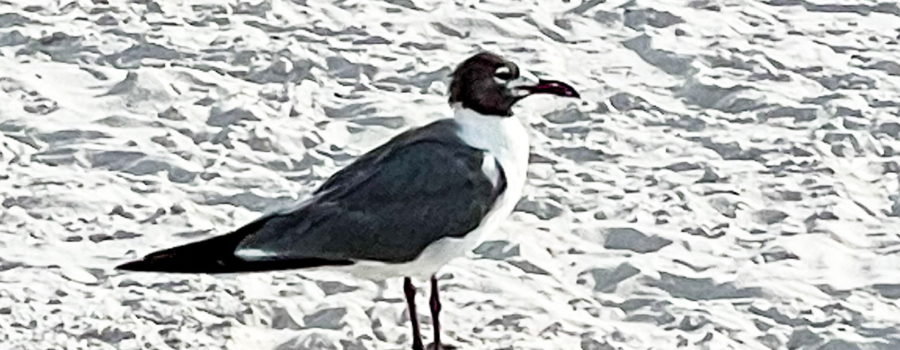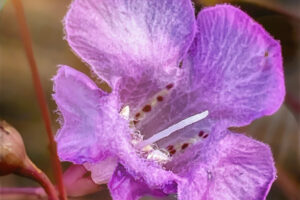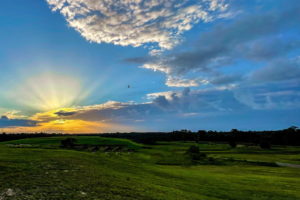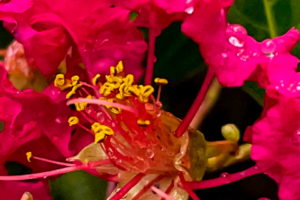The Interesting Laughing Gull has Made a Tremendous Come Back

At the beginning of August, I took a wonderful trip out to Fort Island Gulf Beach to take some photos of some coastal wildlife and wildflowers. It wasn’t a disappointment! The highlight of the trip was meeting a very cooperative immature yellow crowned night heron. There were also a bunch of boat tailed grackles, several types of gulls and terns, and a couple of plovers. By far the most common birds out there were the gulls. They even outnumbered the grackles, and there were plenty of them as well. That beach always has a lot of birds, but that day there were more than usual. I later discovered why there were so many. While I was wading around in the mangroves, I discovered a large number of snails living in the reeds and mangroves. Both the gulls and the grackles were feasting out there when they weren’t getting handouts on the beach.

The majority of the gulls that were out on the beach that day were laughing gulls (Leucophaeus articilla). Florida is famous for all of it’s seagulls and the laughing gull is one of the most common. Part of the reason that it is so common is it’s ability to live closely with people. It will eat nearly anything, so it’s quite willing to eat people’s left overs, trash, and whatever else there is to offer. In the wild it is an omnivore subsisting on things like insects, crustaceans, snails, berries, fruit, worms, eggs, and occasionally even the young of other birds. Here in Florida, it is often a year round resident, but Florida is also a wintering location for birds that nest further north. Interestingly, laughing gulls are one of the few gulls that may both live and nest in Florida. Laughing gulls are mainly a coastal species, although they can be found further inland during the winter months. At those times they can sometimes be seen frequenting parking lots, landfills, or following behind farming machinery.

During the summer breeding season these gulls usually build a nest out of reeds, twigs, and grass directly on the ground in an area that is covered in low plants. Nests may be built in salt marshes, on beaches, or on offshore islands. These birds usually nest in colonies which can get very large (up to 50,000 individuals). These large numbers as well as nest placements allow these gulls relative freedom from predation. Both birds in a pair will build the nest and later incubate and feed the young. These birds are monogamous and the same pair will usually stay together for years. The young gulls hatch out after about a 20 day incubation period and leave the nest after a day or so to hide in the surrounding plants. They hatch out covered in a mottled down that allows them to blend in nearly perfectly. The parents feed them for about five weeks until they are old enough to fledge. It usually takes two years for chicks to develop their typically adult plumage, and in the meantime their colors and patterns change slowly.

Although these gulls are now pretty common, they were nearly hunted to extinction at the end of the eighteenth century mainly for their feathers, which were popular for use on ladies hats and clothing. Their populations have been increasing since the 1960s, but in some areas they are still struggling. The biggest threats to them at this point are all human related. They include predation by loose dogs and cats, damage to nests caused by off road driving, continued habitat loss due to coastal development, and ingestion of toxins, plastics, and insecticides. So if you go to the beach, please clean up after yourself and don’t leave plastics, wrappers, or other litter behind. If dogs are allowed on the beach keep them leashed or under controlled supervision at all times. Just a bit of consideration for the other creatures we share this world with can go a long way!

If you enjoy beautiful nature photography and artwork along with informative and entertaining nature and animal related content, give our blog a try! Sign up below. We won’t spam you or share your information.





Recent Comments